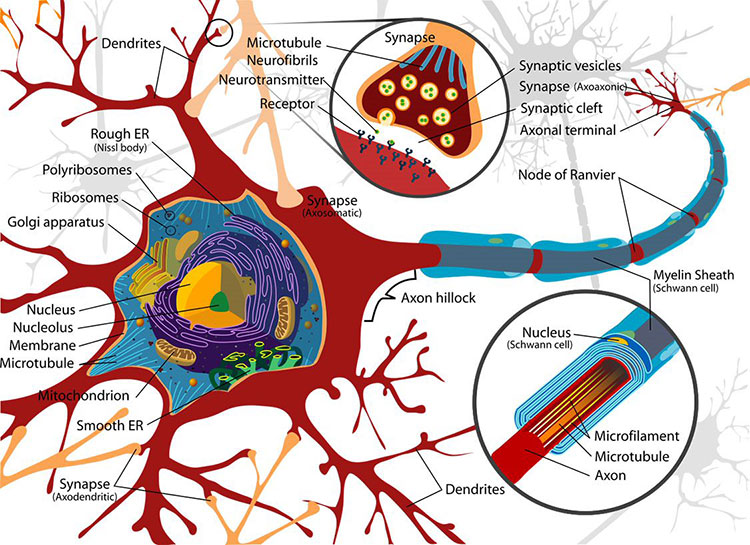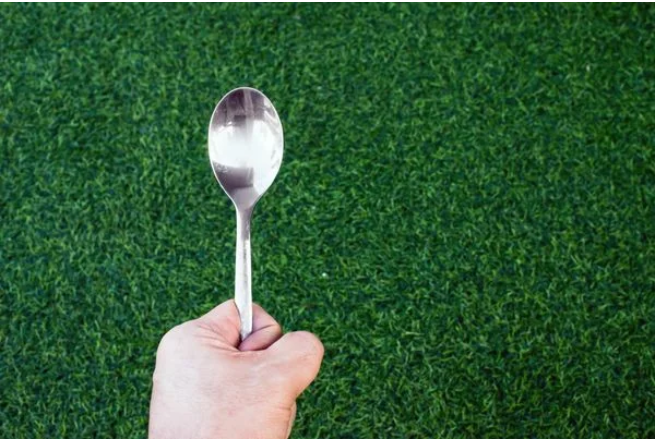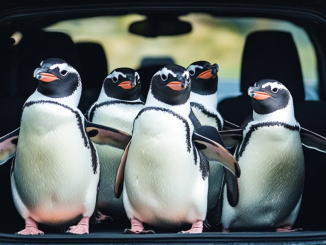Ever wondered just how much data your brain can hold? We often compare the brain to a supercomputer, but what if that comparison isn’t just a metaphor—it’s literal? Deep within your brain, at the junctions where neurons meet, lies an extraordinary form of biological storage: the synapse. And thanks to breakthroughs in information theory, we’re beginning to quantify its staggering capacity.
In this article, we’ll dive into how synaptic storage works, how scientists measure it, and why this knowledge could shape the future of data storage—from artificial intelligence to DNA-based memory.
What Are Synapses and Why Are They Important?

Think of neurons as the brain’s messengers. But without synapses—the gaps between them where signals are transmitted—those messages would go nowhere. A synapse is where the magic happens: it’s the space where one neuron sends a chemical or electrical signal to another, sparking thoughts, memories, movements, and more.
Now here’s the kicker: each of these tiny junctions doesn’t just pass along data—it stores it.
Your brain has about 86 billion neurons, and each one can form around 1,000 synapses. That’s a total of roughly 125 trillion synapses buzzing away in your brain, constantly sending and receiving signals. These connections form the foundation of your memories, knowledge, and perception.
Measuring Synaptic Storage with Information Theory
To understand how synapses store information, scientists turn to information theory—a branch of mathematics that deals with encoding, decoding, and compressing data. Think of it like analyzing how much a hard drive can hold, but on a biological scale.
Video : 2-Minute Neuroscience: Synaptic Transmission
Each synapse, as it turns out, can store up to 4.7 bits of information. That might not sound like much until you consider the scale:
- 1 bit is a single piece of binary data (a 0 or 1)
- 4.7 bits per synapse × 125 trillion synapses = over 500 trillion bits of potential storage
Translated into digital terms, your brain can theoretically store more data than the entire internet—all in a compact, low-energy package powered by biology.
The Brain’s Efficiency: Powering Trillions of Connections
Here’s something even more mind-blowing: while your laptop heats up and guzzles electricity, your brain handles all of this complex storage and processing using roughly 20 watts of power—that’s about the same as a dim light bulb.
This insane efficiency is what’s inspiring researchers to build neural networks and deep learning systems that mimic the brain. If computers could process and store data like synapses do, we’d have faster, smarter, and greener technology.
Artificial Intelligence and Synaptic Models
The field of AI, especially machine learning and deep learning, borrows heavily from how the brain processes and stores information. Artificial neural networks use layers of interconnected nodes (inspired by neurons) to simulate learning.
But here’s where it gets interesting: researchers are now using real data about synaptic information capacity to refine these systems. The goal? To build AI models that are more human-like, not just in intelligence but in efficiency and adaptability.
Imagine a future where your smartphone thinks and stores information with the same elegance as your brain. That future isn’t science fiction—it’s science.
Beyond the Brain: DNA as the Ultimate Storage Device
While the brain remains the pinnacle of biological storage, it’s not the only game in town. Enter DNA, nature’s original information vault.
DNA doesn’t just code for life—it can be used to store digital data. And we’re not talking small files here. A single gram of DNA can hold up to 215 petabytes of data. That’s 215 million gigabytes—enough to store every photo, song, and document you’ve ever owned, plus millions more.
In fact, researchers have already done it. In one groundbreaking study, scientists encoded a 52,000-word book into synthetic DNA. They converted the digital content into binary (0s and 1s), then translated those digits into DNA’s four-letter alphabet: A, T, G, and C. The result? A physical strand of DNA holding a complete, retrievable digital file.
Why DNA Storage Matters for the Future
Traditional storage devices—hard drives, SSDs, even cloud servers—have physical limits. They degrade over time and take up massive amounts of space. DNA, on the other hand, is incredibly compact, durable, and stable for thousands of years if stored properly.
If scaled correctly, DNA storage could revolutionize how we preserve knowledge. Imagine backing up the entire contents of the Library of Congress on something no bigger than a sugar cube. That’s the level we’re talking about.
Video : How Your Brain Remembers: Neurons & Synapses Explained!
Bridging Biology and Technology
What’s exciting is how these two areas—brain synapses and DNA storage—are starting to intersect. Both are nature’s proof that small-scale systems can handle mind-blowing amounts of data. As scientists continue to decode these systems using information theory, they’re finding ways to integrate them into technology.
It’s not about replacing computers with brains or turning DNA into a USB drive. It’s about learning from nature’s most efficient designs to build the next generation of computing and storage systems.
Conclusion: Reimagining Storage in a Biological World
Your brain’s 125 trillion synapses silently store and process more information than entire server farms, all while sipping on 20 watts of energy. Meanwhile, DNA—the code of life—is showing us how to pack massive libraries of data into microscopic strands.
By measuring synaptic storage capacity with information theory, we’re not just understanding the brain better—we’re laying the foundation for a new era of intelligent, efficient technology.
The takeaway? Nature has already solved problems we’re only beginning to understand. And the more we study it, the closer we get to unlocking the true potential of both our minds and our machines.
I have found out why many of my neighbours are placing spoons in their front yards.

Have you seen the spoons being placed in the front yards of your neighbors? Well, this strange gesture has an interesting explanation. You may help save humanity by taking part in this simple deed. How? by assisting in the conservation of the bee population.

Ninety percent of the world’s population depends on bees for their food, making them extremely important pollinators. Sadly, there has been a startling one-third decline in the bee population during the past five years. David Attenborough, the well-known narrator of “The Blue Planet” and “Planet Earth,” has issued a warning due to this deterioration. Attenborough claimed that humanity would only have four years to survive if bees disappeared off the face of the planet.
Now, you may be wondering how bee preservation may be aided by something as basic as a tablespoon of sugar and some water. As often happens, bees can get fatigued and run out of energy to go back to their hives. They frequently end up being carried away by this and looking dead. Nevertheless, you can assist in reviving these weary bees by offering a spoonful of a solution consisting of two tablespoons of white granulated sugar combined with one tablespoon of water. This tiny deed of generosity goes a long way toward keeping the bees nourished and hydrated so they can carry on with their vital role as pollinators.
Educating others about this problem is another way that you may contribute. Spread the word about this article and the easy ways people may support. Furthermore, think about establishing an abundance of flowers and bee-attracting plants. By doing this, you will not only give your landscape some color, but you will also be creating a warm and inviting space for these amazing animals.
Attenborough’s request for assistance has received an incredible amount of support, with many individuals thanking her and sharing their own stories. Some have even gone so far as to offer electrolyte water to other creatures in need, such birds. Some have told touching tales of successfully resurrecting bees and feeling thankful for the chance to assist.
So let’s band together and do our part to save these vital pollinators. Talk about it, impart your knowledge, and together, let’s change things. We can protect our own future and make a big difference in the bee population by making little changes now. Recall that every small gesture matters.



Leave a Reply